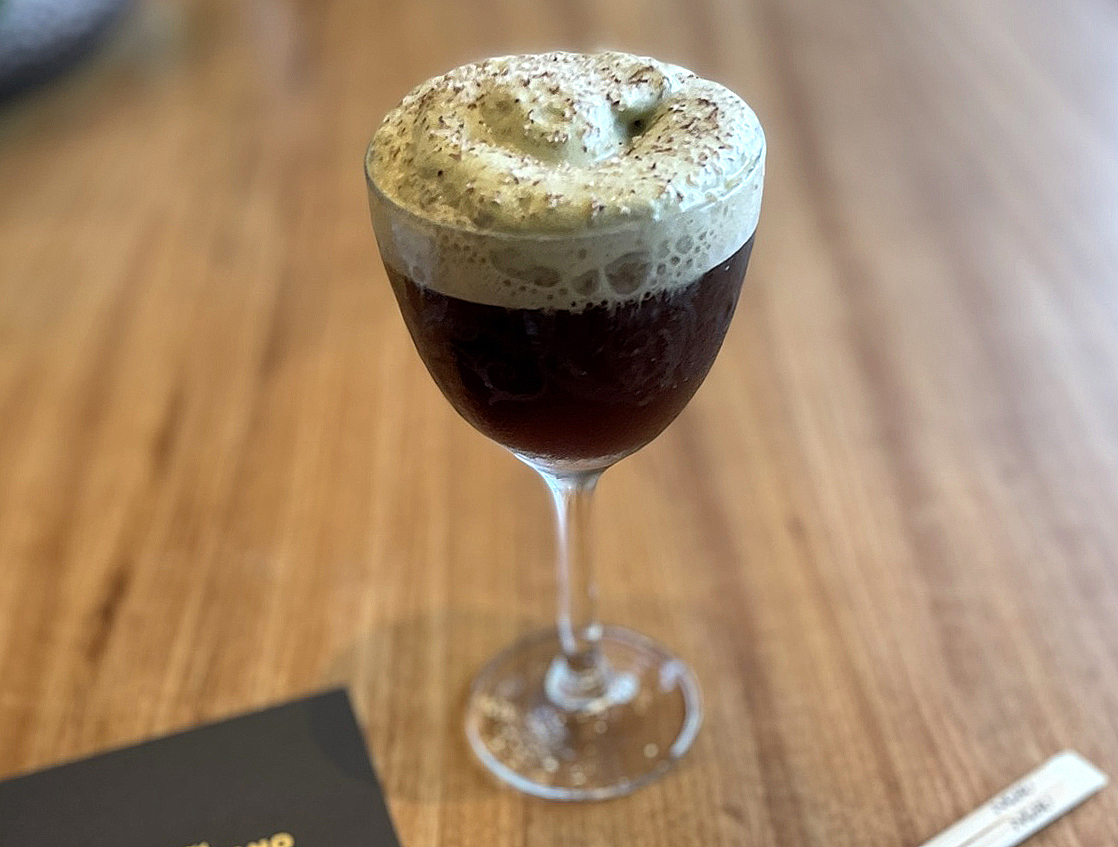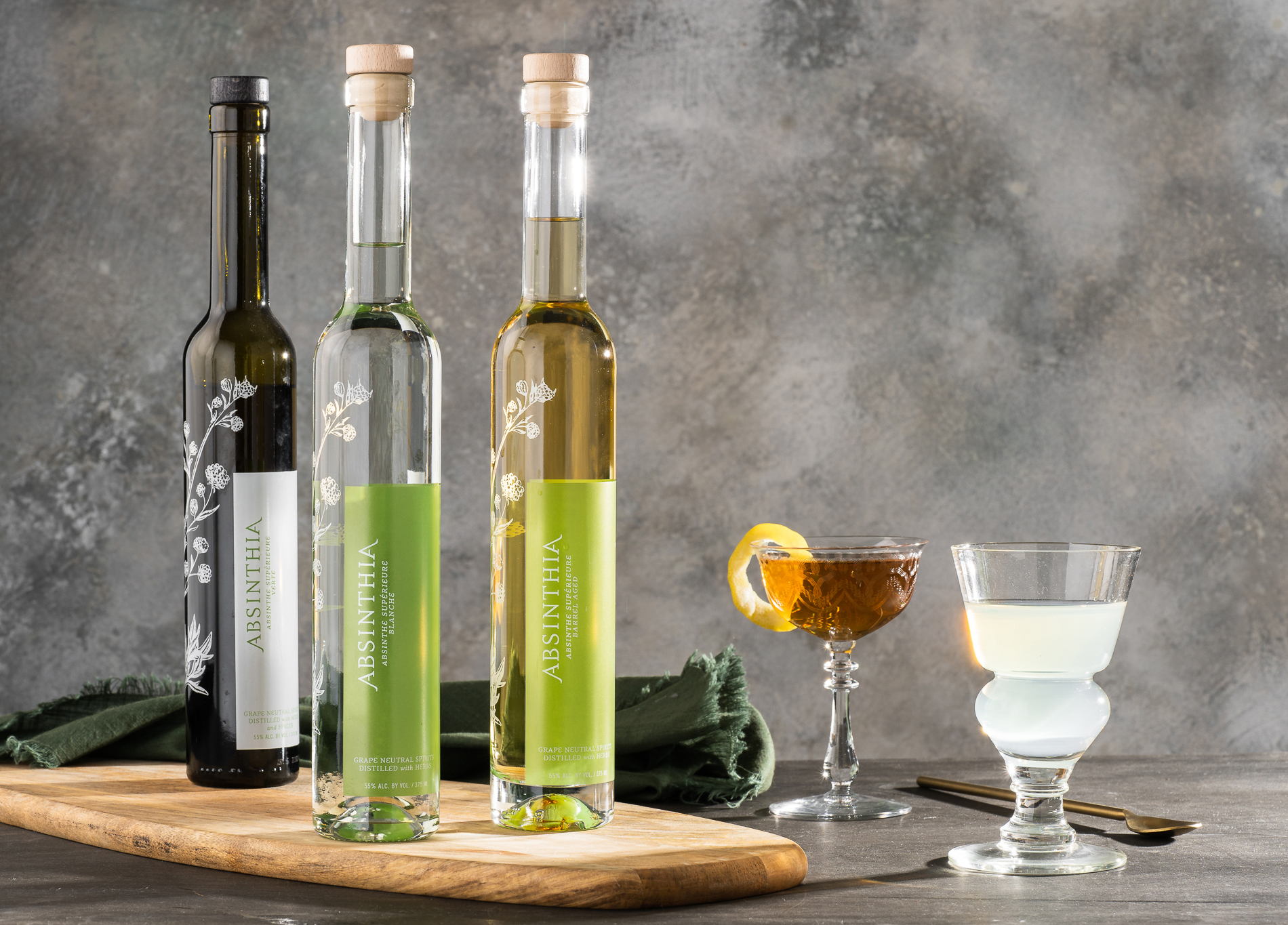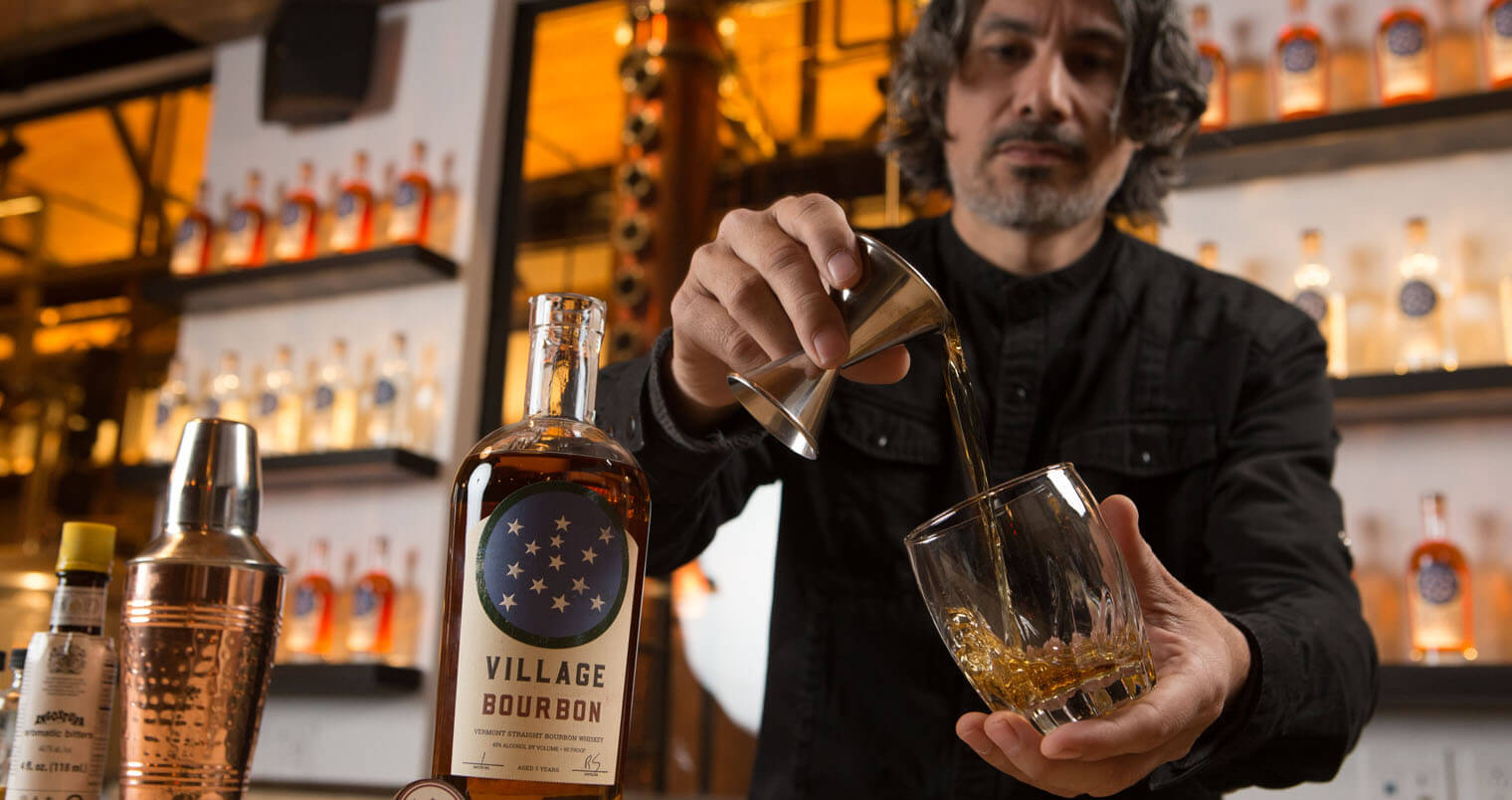Everything You Need To Know About the 6 Top Agave Spirits
By Mathew Powers
The agave plant is an iconic symbol of the Mexican spirits world, mainly enjoyed in its fermented form as Tequila or Mezcal.

Agave Spirit
But, agave spirits are more diverse than many realize. In addition to Tequila and Mezcal, agave spirits include such varieties as Sotol, Bacanora, Raicilla, Pulque and Avila. Similar to other regions, Mexican spirits enjoy classifications based mainly on geography, known as the Denomination of Origin.

Tequila
Tequila
Tequila is to Mexico as Scotch is to Scotland and Cognac is to Cognac, France. But, for decades, few regarded Tequila as anything more than a staple at college bars or the source of terrible late-night decisions. That was then; this is now. Tequila has evolved into an elegant, often premium spirit — Espanita Artisanal Tequila, Lobos 1707 Tequila and Mijenta are fine examples.
To be designated as Tequila, the agave spirit must be made from blue weber agave plants produced primarily in Jalisco and certain parts of Guanajuato, Michoacan, Nayarit, and Tamaulipas. The red volcanic soil of the highlands yields sweet blue agaves, while those grown in the lowlands present a noticeable herbal aroma and flavor. While most enjoy the unaged Blanco expression, one can find cask-aged tequilas aged in French or white oak barrels. Indeed, Reposado Tequilas ages for at least two months, Añejo Tequilas mature for a year, and Extra Añejo Tequilas sit peacefully in barrels for a minimum of three years.

Mezcal
Mezcal
While Tequila remains Mexico’s most popular spirit, Mezcal’s popularity has grown immensely. A MarketWatch.com article in February 2021 noted how Mezcal exports to the U.S. have increased fivefold since 2015. In 2020, Mezcal sales rose 86%.
Like Tequila, geographical stipulations exist for deeming an agave spirit a Mezcal. It must be produced in Durango, Guanajuato, Guerrero, Oaxaca, Puebla, Michoacan, San Luis Potosí, Tamaulipas or Zacatecas. However, unlike Tequila, which must be distilled from blue agave, Mezcal can be distilled from several agave varietals like Espadin, Madre Cuixtle and Tobala. Distillers roast the heart of the plant (piña) in stone-lined pits before fermenting, providing it with a smokier and usually more robust flavor than Tequila.
Sotol
The drink of Chihuahua, Mexico, Sotol is a spirit crafted from a shrub known as the desert spoon. Or, more practically, the sotol plant. In addition to Chihuahua, one will find the desert spoon shrubs in the Southwestern U.S. Every sotol plant takes 15 years to sufficiently ripen, providing enough plant product for one bottle of Sotol. However, unlike agave plants that have to be uprooted, sotol plants remain in place after workers harvest its core, allowing for continual regrowth; some plants are more than 100 years old. So, Sotol is not only tasty; it’s environmentally friendly.
Terroir plays a significant role in Sotol’s flavor profile. Plants harvested in forests, or rainy regions, present flavors similar to eucalyptus, pine and even mushroom. In contrast, Sotol grown in desert regions enjoy an earthy or spicy profile with notes resembling cocoa, cinnamon and pepper. Meanwhile, distillers roast the plant’s core in pits using whatever local wood is available, adding another aspect of terroir to the final product.
Raicilla
Produced only on the Pacific Coast of Jalisco (Puerto Vallarta and vicinity), Mexico has only recently imported Raicilla to the United States, starting in 2014. So, it offers a relatively new experience to drinkers north of the Rio Grande.
The spirit enjoys a history somewhat similar to American moonshine. After the Spanish conquest, the farmers who produced the liquor suddenly had to pay hefty taxes. So, they moved production underground. When tax collectors came knocking, the farmers lied and said the booze they created required the distillation of agave roots instead of agave piña like Mezcal (which is the same thing). Thus, they gave their spirit the name Raicillia, which means little root.
For those new to Raicilla, don’t expect it to taste like Tequila or Mezcal. Raicilla is made from a variety of agave plants (and then single-distilled, usually in copper stills) allowing for a wide range of flavor profiles. In general, expect an agave spirit composed of sweet, vegetal, earthy, tropical fruit, and sometimes smokey or funky notes; each batch and every brand offers pleasant differences.
Bacanora
Though the history of Bacanora exceeds three centuries, it has only legally been produced in its modern form since 1992. In 2000, the spirit received its own Denomination of Origin. To be considered a Bacanora Agave Spirit, distillers must use wild agave Pacifica Plants (found in the mountains of Mexico’s Sonora region) aged for seven to ten years.
Sonora’s desert climate with its hot days and cold nights provide Bacanora with a unique terroir. But, the spirit also benefits from the harvesting and distillation process. Workers harvest the agave’s piña and then roast it for 48 hours in volcanic pits. After completing the roasting process, they place it in sealed cement pits with fresh water to ferment for one or two weeks. The result is a smooth, agave spirit that finishes dry. The complex flavor profile consists of smokiness, earthiness, peppery flavors and subtle nutty notes.
Pulque
Pulque is traditional to central Mexico and enjoys a rich history. The Maya, Aztecs, Huastecs and other cultures in ancient Mesoamerica all partook in the consumption of Pulque. Religious festivals, weddings, fertility rites and agricultural ceremonies all included the serving of Pulque.
Pulque is made from the sweet, raw sap found in the heart of the agave plant (known as aguamiel). Unlike Tequila and Mezcal, which result from the distilled mash of the plant, the “honey water” is extracted and then fermented. Its appearance mimics milk in both color and thickness, and the flavor offers yeast-like notes that remind one of fresh bread from the oven and some tanginess. (Most brands add flavor adjuncts to cut-through the tang.) Moreover, it’s low in alcohol (similar to beer), so you don’t have to feel too guilty about “having another.”
There are plenty of other Agave spirits, too, like Cocuy from Venezuela, (a clear liquor that’s first fermented and then distilled), and Sikua, which is essentially Mezcal but found outside the bounds of Mezcal’s Denomination of Origin. Meanwhile, new agave-based distillers are emerging, such as Avila made by Revel Spirits in Morelos (For more on Avila and Revel, stay tuned for our upcoming feature). Indeed, amid this craft spirits and beer boom, the imbibe industry abounds in creativity, and many are happy to experiment with agave. The days of the cheap tequila shots that burn are over; this is the age of agave aficionados.












